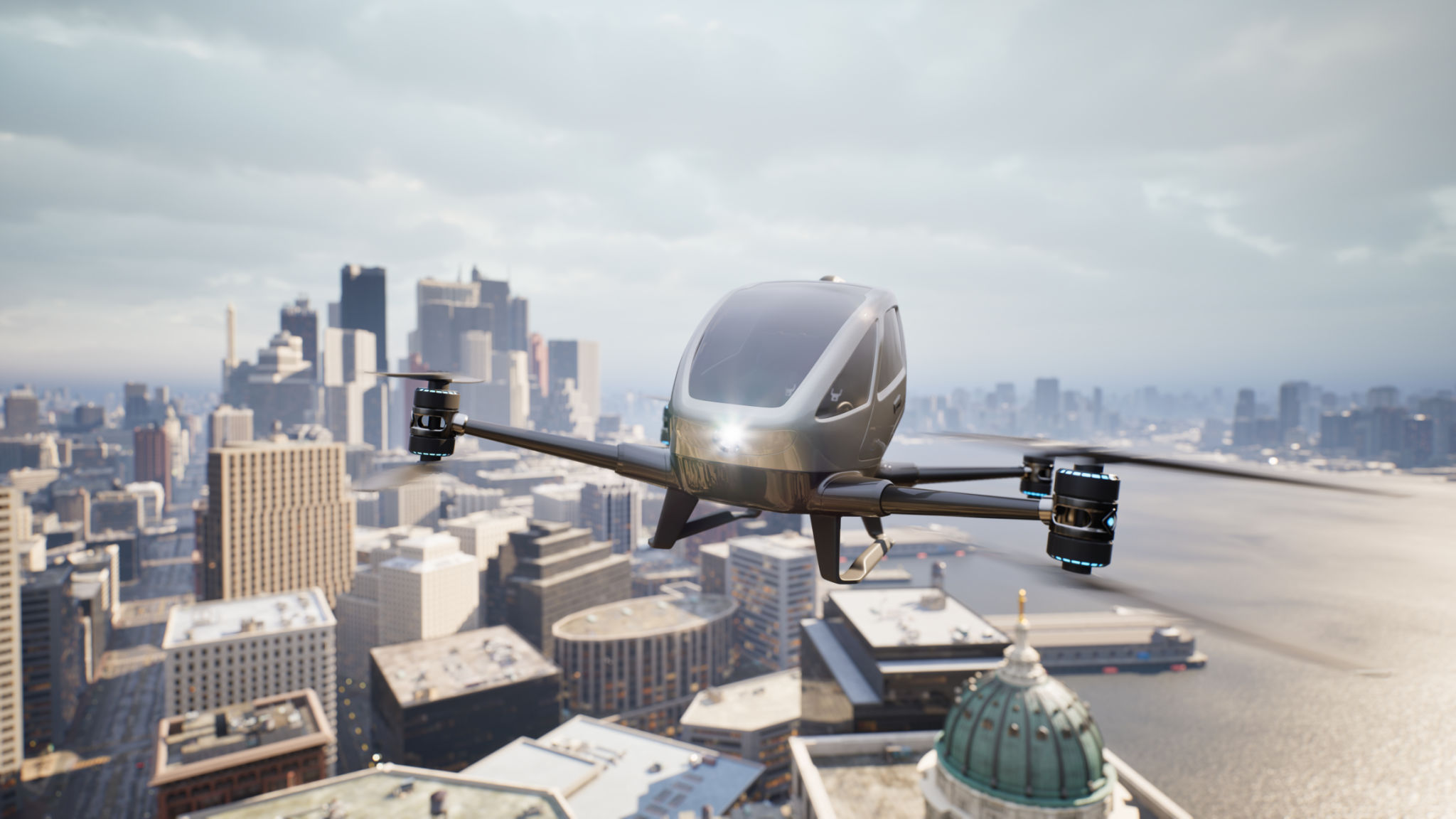The Future of Aviation: Trends Every Young Enthusiast Should Know
The Rise of Electric Aircraft
As the world becomes increasingly conscious of environmental issues, the aviation industry is exploring sustainable alternatives to traditional fuel-based aircraft. One of the most exciting developments in this area is the rise of electric aircraft. Companies are investing heavily in electric propulsion technologies, which promise to reduce carbon emissions and operational costs. For young enthusiasts, understanding the potential of electric aircraft is crucial as they represent the future of eco-friendly aviation.

Challenges and Innovations
Despite the promising future of electric aircraft, several challenges remain, such as battery efficiency and range limitations. However, innovation is at the forefront of overcoming these hurdles. Researchers and engineers are working on advanced battery technologies and aerodynamic designs to enhance performance. Young aviation enthusiasts should keep an eye on these advancements as they will shape the next generation of air travel.
Autonomous Flight Systems
The concept of pilotless planes might sound like science fiction, but autonomous flight systems are closer to reality than ever before. With advancements in artificial intelligence and machine learning, autonomous aircraft are being tested and refined. These systems promise increased safety and efficiency by reducing human error. Enthusiasts should familiarize themselves with this trend as it will significantly impact pilot training and aircraft operations.

Integration with Current Technologies
Integrating autonomous systems with existing aviation technology poses its own set of challenges. Ensuring seamless communication between autonomous systems and human controllers is crucial for safety. Innovations in this area focus on developing reliable communication protocols and decision-making algorithms. Understanding these technologies will be vital for those interested in pursuing a career in aviation.
Urban Air Mobility
Urban air mobility (UAM) is set to revolutionize how people commute within cities. As urban areas become more congested, the idea of flying taxis and personal air vehicles is gaining traction. Companies are developing vertical takeoff and landing (VTOL) aircraft to facilitate quick and efficient urban travel. For young enthusiasts, UAM represents a thrilling intersection of technology and urban planning.

Regulatory Considerations
The implementation of UAM requires navigating complex regulatory landscapes. Safety standards, airspace management, and public acceptance are key factors that need to be addressed. As regulations evolve to accommodate these new technologies, enthusiasts should stay informed about policy changes that will influence the growth of urban air mobility solutions.
The Role of Artificial Intelligence
Artificial intelligence (AI) is playing an increasingly pivotal role in various sectors, including aviation. From optimizing flight routes to predictive maintenance, AI applications are enhancing efficiency and safety in the industry. Young aviation enthusiasts should explore how AI is transforming operations and maintenance practices, ensuring that future aircraft are smarter and more reliable.

Training and Simulation
AI-driven training programs and flight simulators are setting new standards for pilot education. These advanced tools offer realistic training scenarios, allowing pilots to hone their skills in a controlled environment. Understanding AI's role in training will be essential for those looking to join the next wave of aviation professionals.
